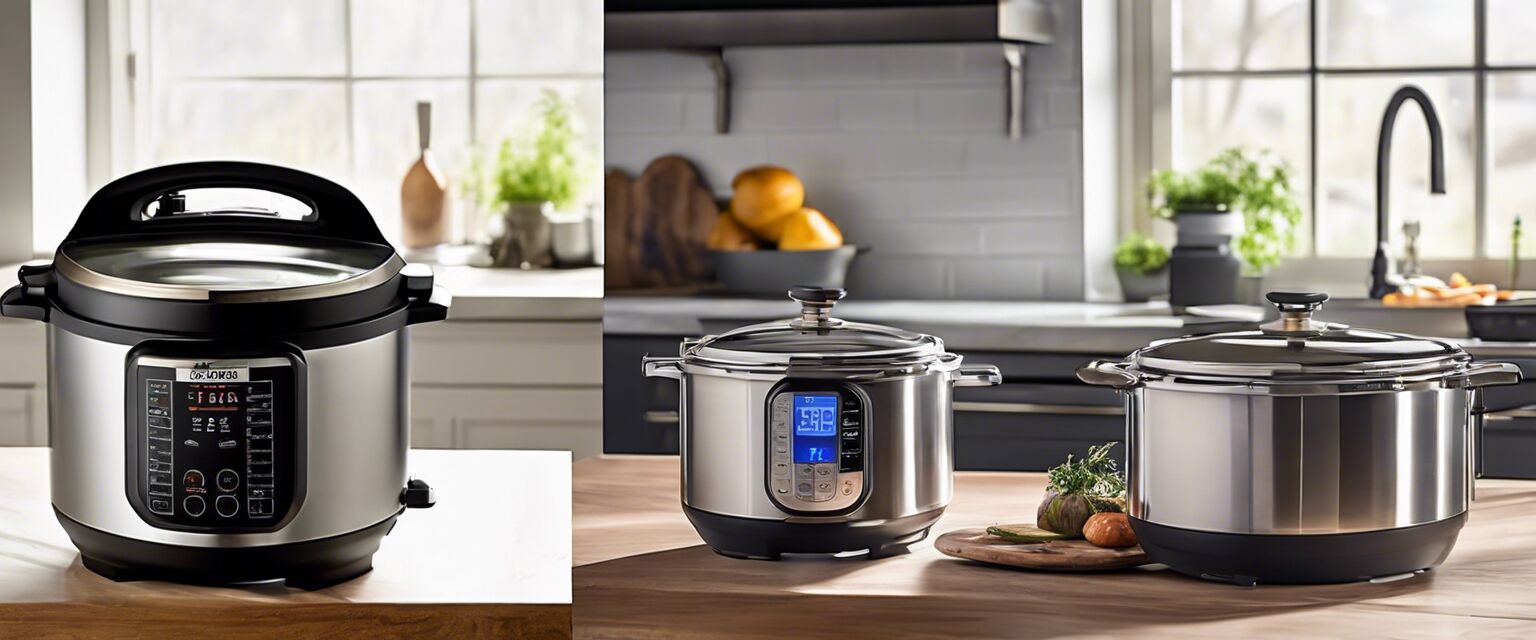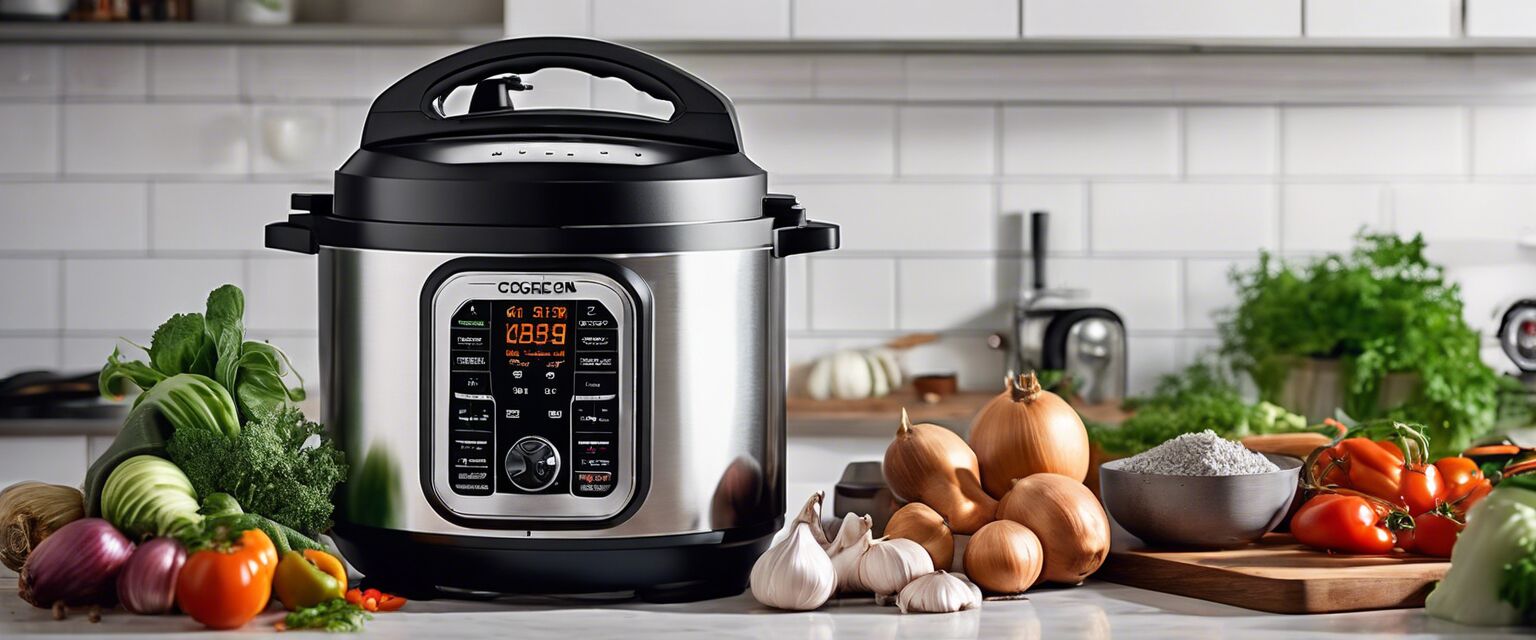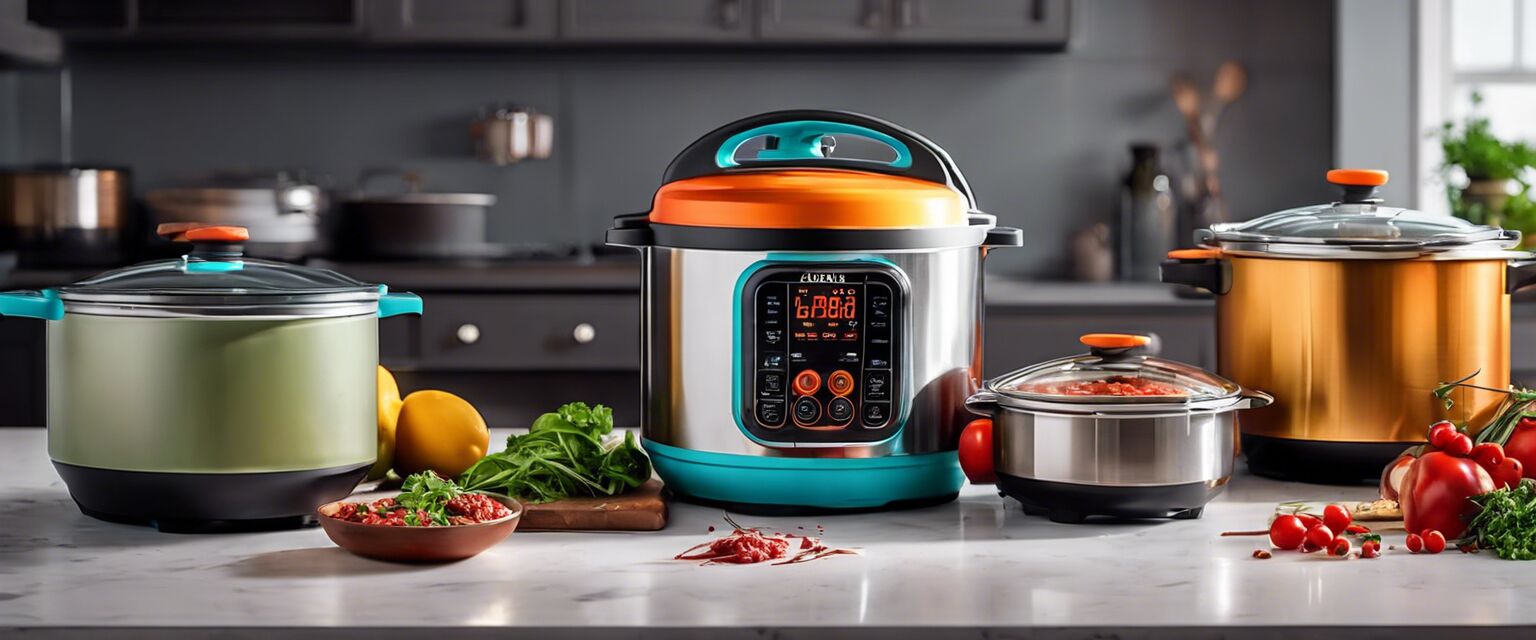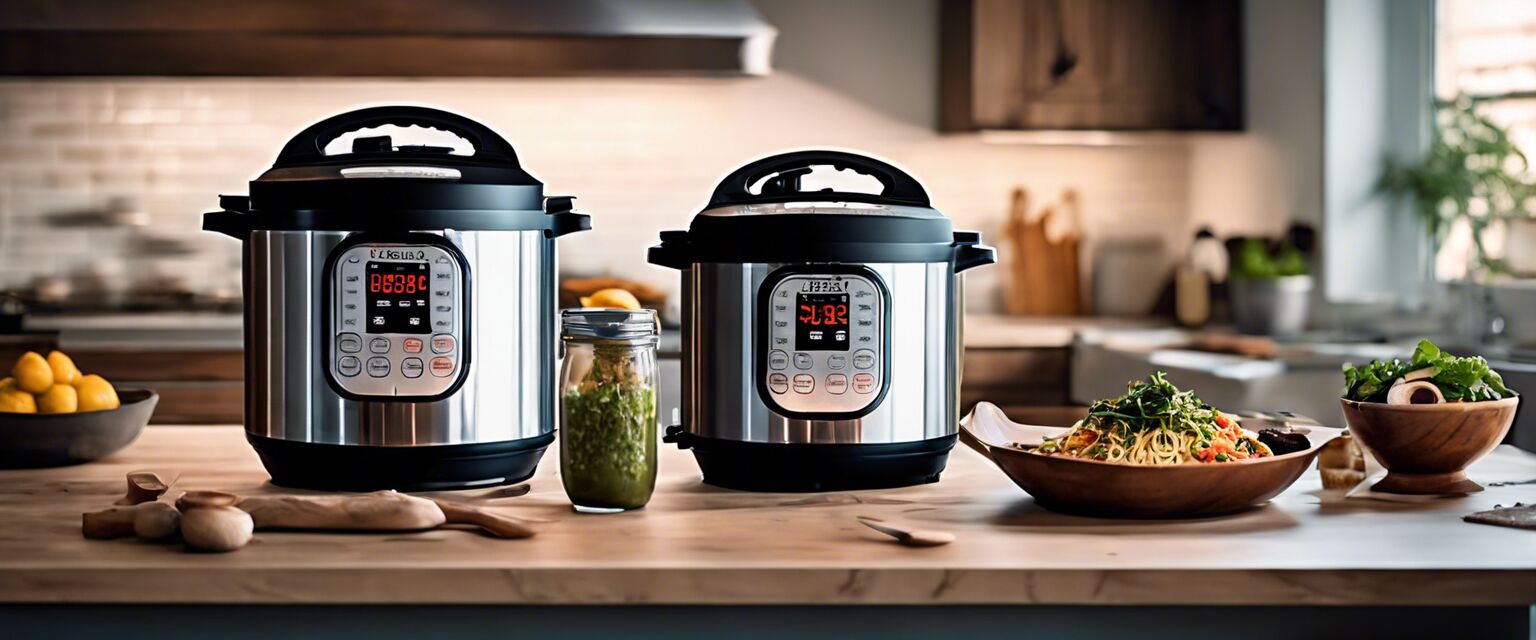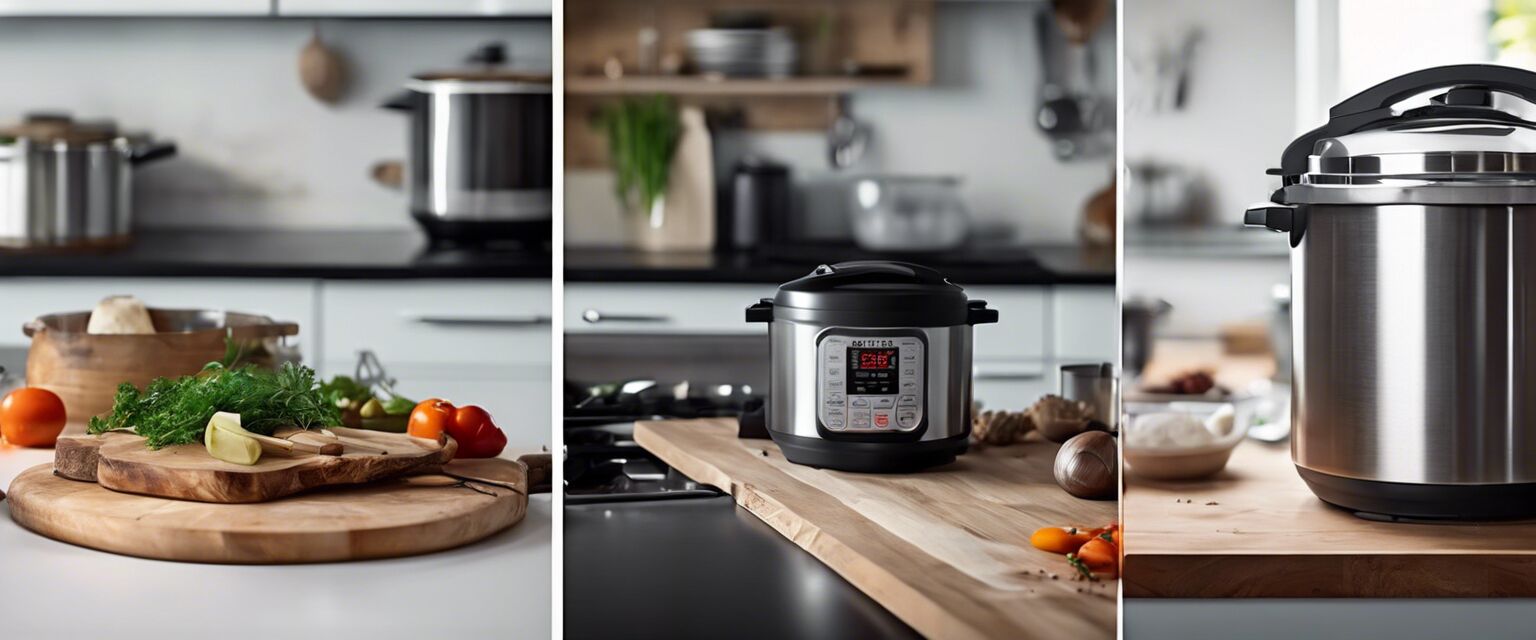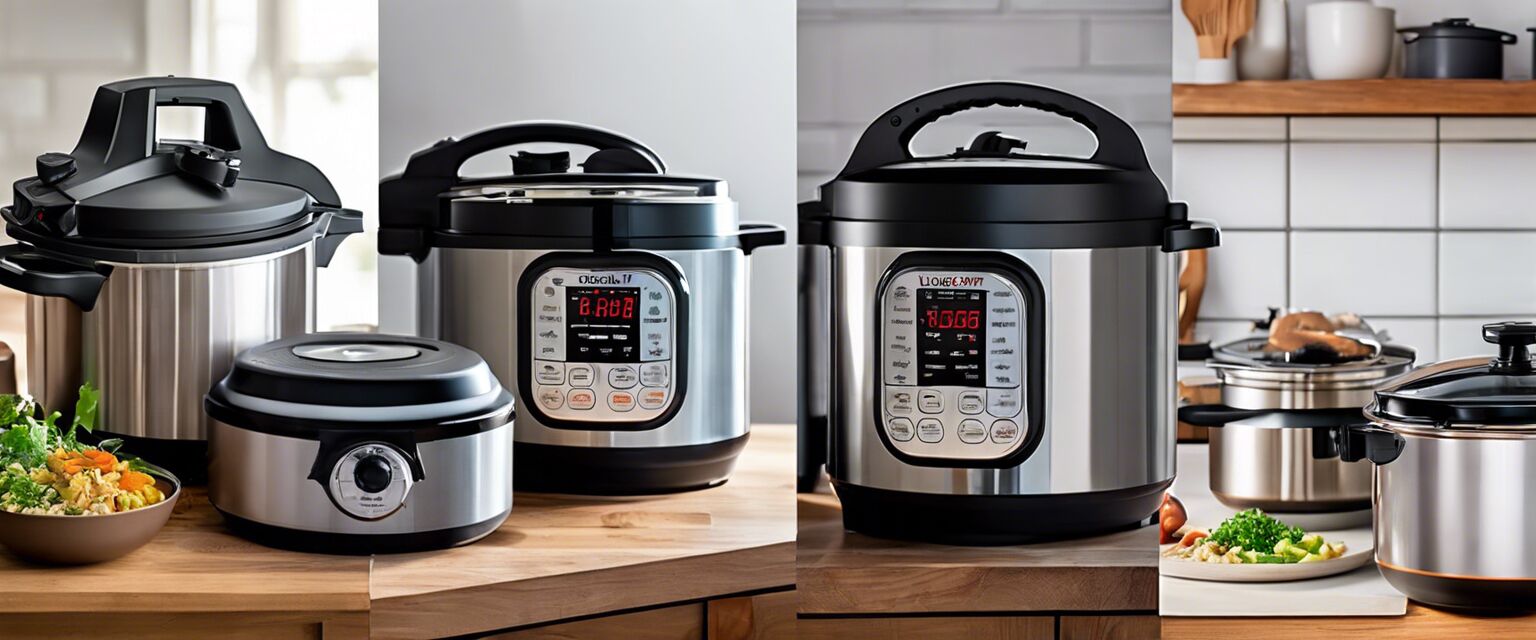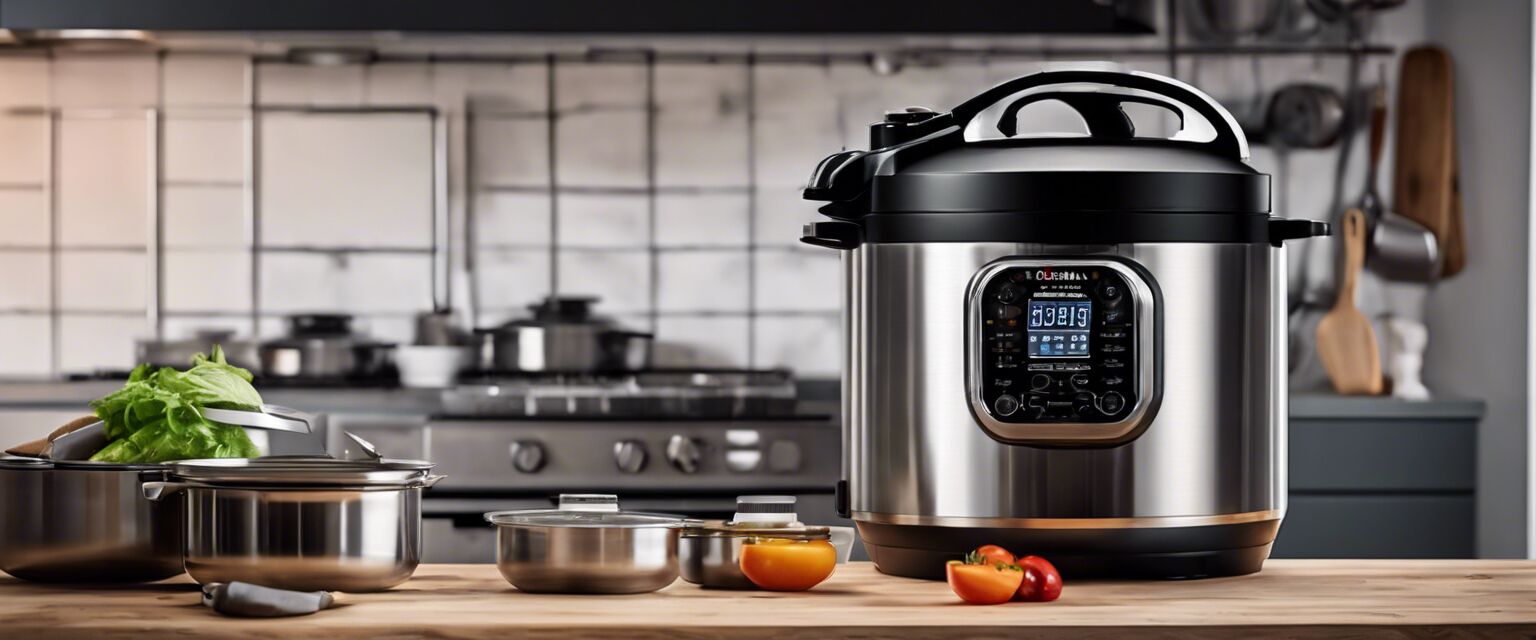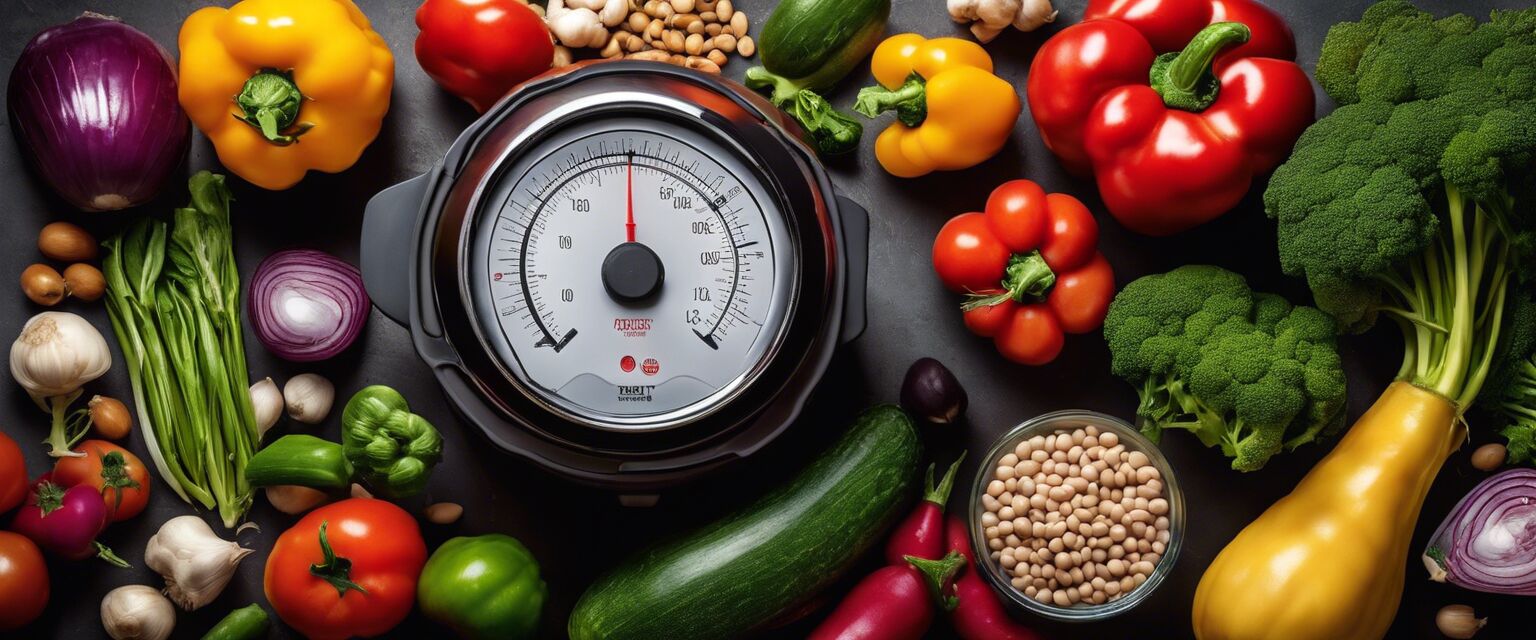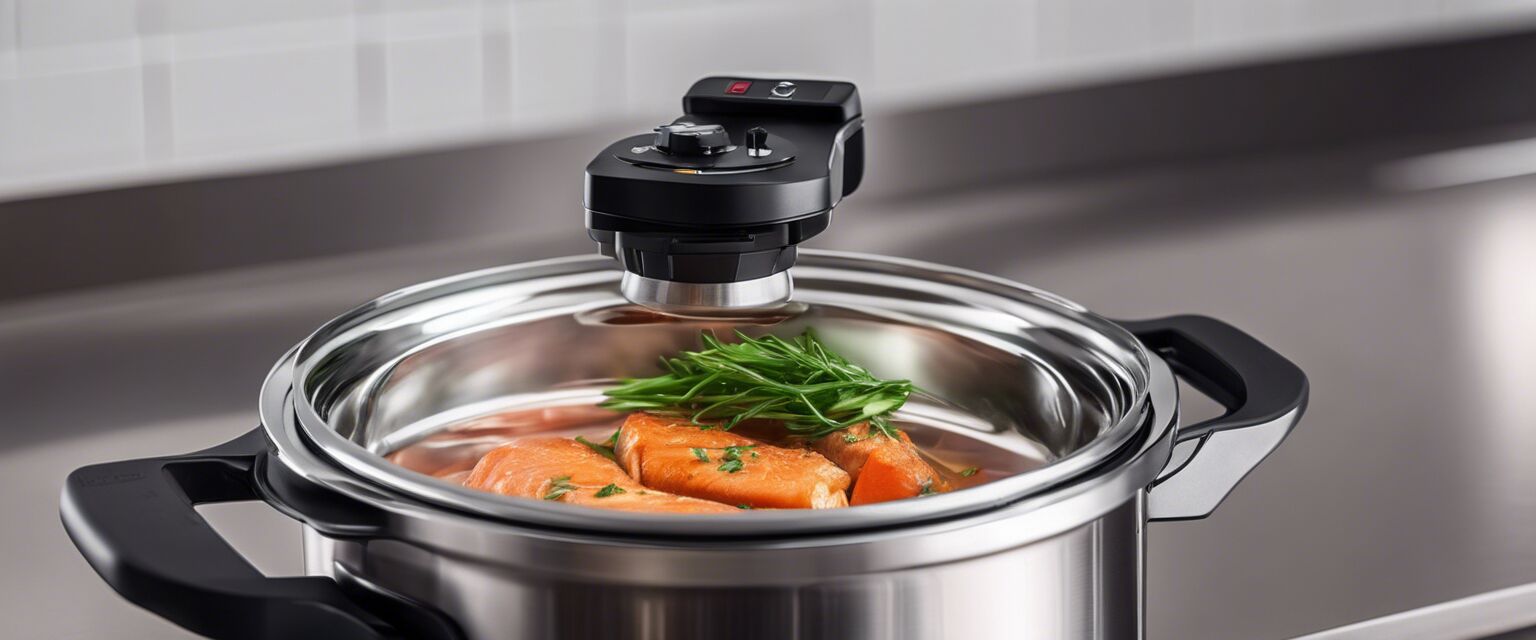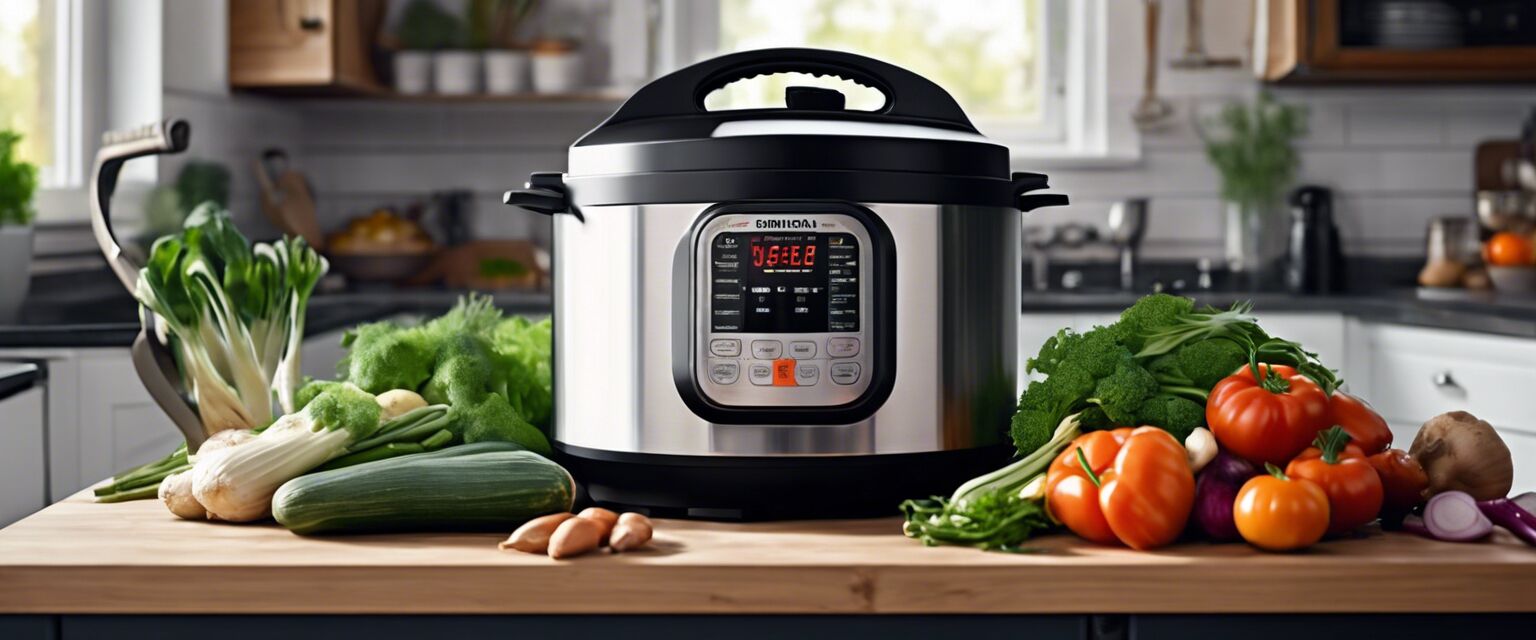
Pressure Cooking FAQs
Key Takeaways
- Understanding pressure cookers can enhance your cooking experience.
- Safety features are critical for using pressure cookers effectively.
- Cooking times vary based on the type and quantity of food.
- Pressure cookers are versatile and can be used for a variety of recipes.
- Routine maintenance extends the life of your pressure cooker.
Pressure cooking is a popular method of preparing meals quickly while maintaining nutrients. However, many people still have questions about how to use pressure cookers effectively. This article addresses common queries related to pressure cooking, ensuring you get the most out of your kitchen appliance.
Common Questions About Pressure Cooking
1. What is a pressure cooker?
A pressure cooker is a sealed pot that cooks food quickly using high pressure. The steam trapped inside raises the boiling point of water, enabling foods to cook faster than traditional methods.
2. How does a pressure cooker work?
When heated, a pressure cooker traps steam inside, increasing both the pressure and temperature within the pot. This helps food cook faster. When the pressure rises, the lid locks in place and prevents the steam from escaping.
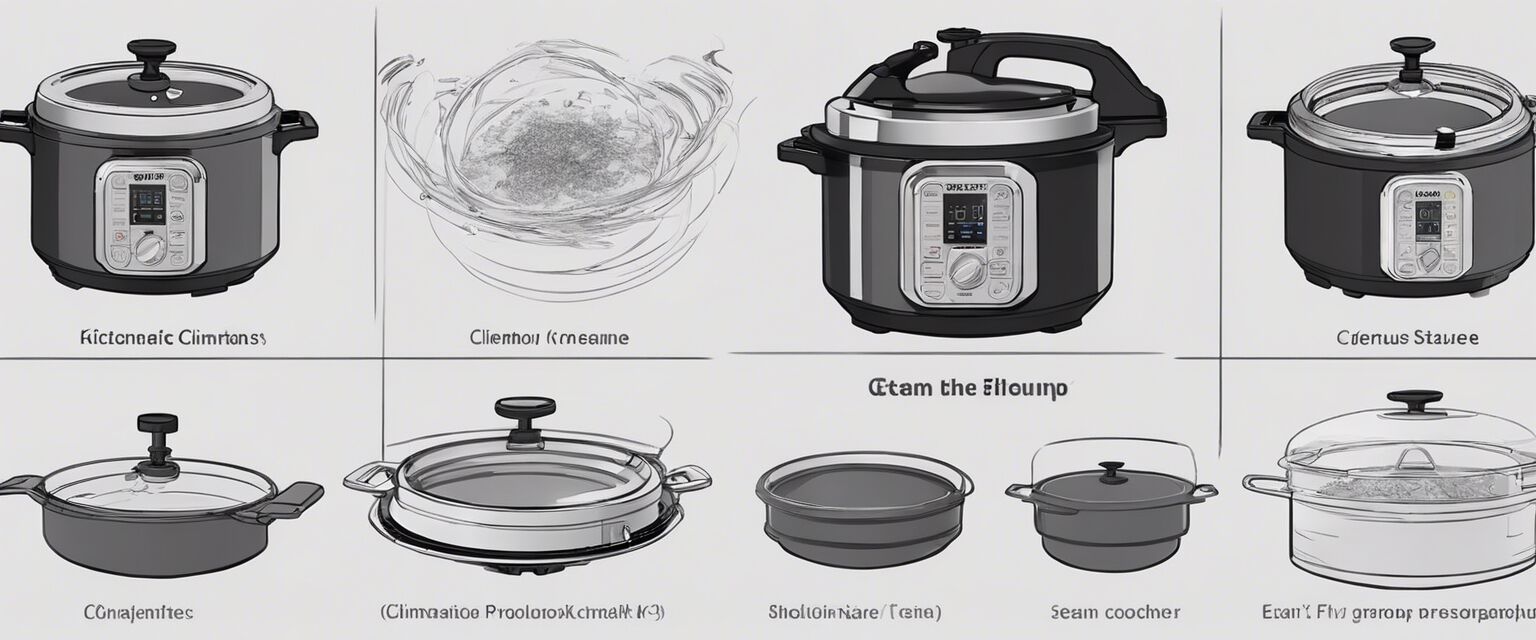
3. What types of food can I cook in a pressure cooker?
Pressure cookers are incredibly versatile. You can cook:
- Meats
- Vegetables
- Soups and stews
- Rice and grains
- Desserts
4. Are pressure cookers safe to use?
Yes, modern pressure cookers have several safety features, including locking mechanisms, pressure-release valves, and safety vents. Always follow the manufacturerâs guidelines and safety tips for safe operation.
5. How do I know when my food is done cooking?
Cooking times vary depending on the food type and amount. Refer to your pressure cooker recipes for specific time recommendations. Most electronic pressure cookers come with preset programs for different foods.
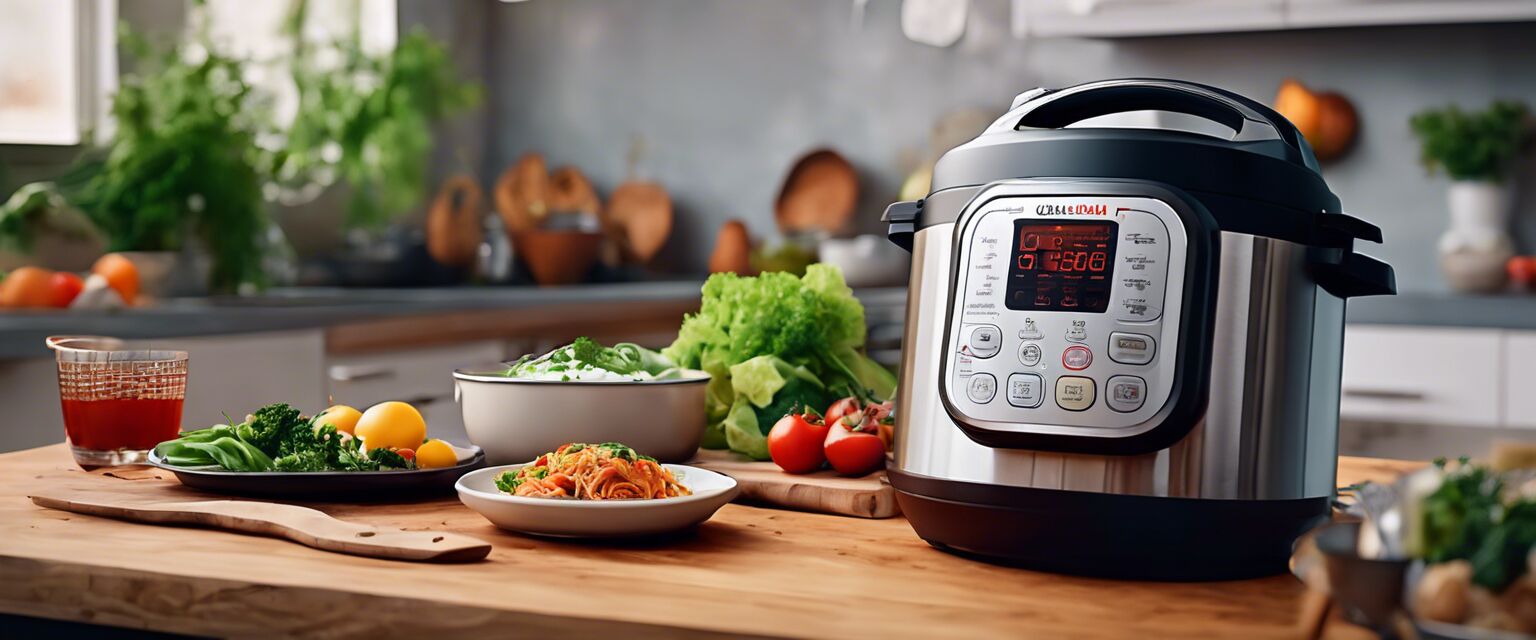
Pressure Cooking Comparisons and Tips
| Type of Pressure Cooker | Cooking Speed | Ease of Use | Cost |
|---|---|---|---|
| Stovetop Pressure Cooker | Fast | Moderate | Low to Moderate |
| Electric Pressure Cooker | Moderate | Easy | Moderate to High |
6. How do I clean and maintain my pressure cooker?
Routine maintenance is essential to keep your pressure cooker in good working condition:
- Clean the pot and lid after each use.
- Check gasket for wear and tear.
- Ensure pressure-release valve is clean and functioning.
- Refer to your pressure cooker maintenance guide for detailed instructions.
7. Can I use aluminum foil or other materials in a pressure cooker?
Aluminum foil can be used in a pressure cooker but only for certain purposes, like wrapping food. Ensure it does not block vents or interfere with the pressure buildup.
8. What are some pressure cooking safety tips?
To ensure safe pressure cooking, keep these tips in mind:
- Always check for issues with the sealing ring.
- Do not exceed the maximum fill line.
- Use the natural release method for foods that expand or foam.
- Refer to our safety tips for more information.
Tips for Beginners
- Start with simple recipes to build confidence.
- Read the user manual thoroughly.
- Keep the release valve clean and functional.
- Don't force open the cooker; wait for the pressure to drop.
- Experiment with different ingredients and flavors.
Pros
- Speeds up cooking times significantly.
- Preserves nutrients and enhances flavor.
- Versatile for various recipes.
- Energy-efficient cooking method.
- Easy to clean up after use.
Cons
- Learning curve for new users.
- Initial cost can be high for quality models.
- Limited to high-pressure cooking.
- Potential safety risks if not used correctly.
Conclusion
Pressure cooking is a valuable technique that can save time and improve your culinary skills. By understanding the common questions and safety tips, you can confidently explore the world of pressure cooking.
